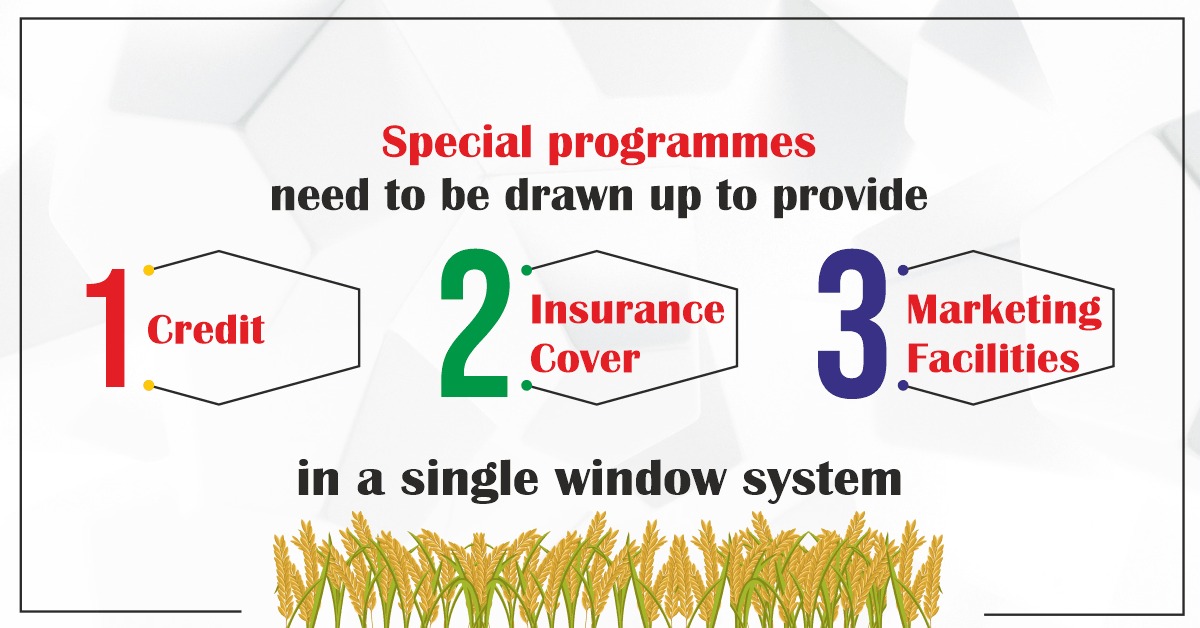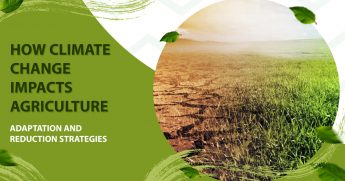Post – independence, India has grown itself from being dependent on imports for feeding its 35 crore population to getting independent with its agricultural needs to feed its 125 crore population. India is now exporting major food-grains such as rice and wheat, dairy products and many more. The political will power, hard works of scientists and farmers played crucial role in achieving these goals.
The increasing population, combined with growing income will generate increased demand for food-grains and non-food grain crops. These demands come with various challenges for Indian agriculture such as credit delivery, labour availability, post-harvest losses and remunerative prices.
Here is a list of some special programmes that can provide monetary help and facilities to the farmers under a single window system:
Finance options
Special programmes must be formed in a single window system by facilitating tie-up among banks, insurance companies, buyers and processors of agricultural produces. Contract farming is another appropriate institutional arrangement to achieve this goal.
Push from private sector investment
Decentralized private investments in developing storage and processing units in rural areas and also cold chains for perishable commodities should be facilitated by government investment in basic infrastructure, tax concessions and / or subsidies for capital investments in these ventures.
Managing farm risk
In case of natural calamities like flood and draught farmers need a support for the crop failure. Government has launched various insurance schemes which needs to connect maximum number of farmers with it to manage risks. There should be farmer awareness campaigns so that they can manage and get aware of the risks involved during agriculture.
Expansion of banking network
Reserve bank of India has made it mandatory to give 18% credit to agriculture which has paved a way for farmers to access credit from an organised sector. However, it needs to be spread amongst the rural areas as banking network in weak.
Strengthening of KVKs
More than 665 Krishi Vigyan Kendras are now working across India. KVKs are means of ensuring the best knowledge & resource centres in the agricultural field. It can set a prominent benchmark by uplifting the farmers with new & improved models of technology, the after effect of which can result in aiding the government’s initiative to double the farmer’s income.
These KVKs if function properly are the place of origin for a great revolution in the farm sector.
Uniform Market and price policy
The price of agricultural produce need to be reviewed and a remunerative pricing needs to be done for the benefit of farmer without affecting the consumer. Proper market and warehouse must be provided by the government to reduce the rotting of crop produce due to poor marketing network .
Conclusion
Special programmes for supporting agriculture sector such as credit, insurance cover and marketing facilities are important to help the farmers of rural areas to get the right price for their hard work. Padgilwar Corporation is a leading organisation revolutionising the farming sector in rural India. With innovative farm equipment at reduced costs they are helping with the upliftment of Indian farm sector.



